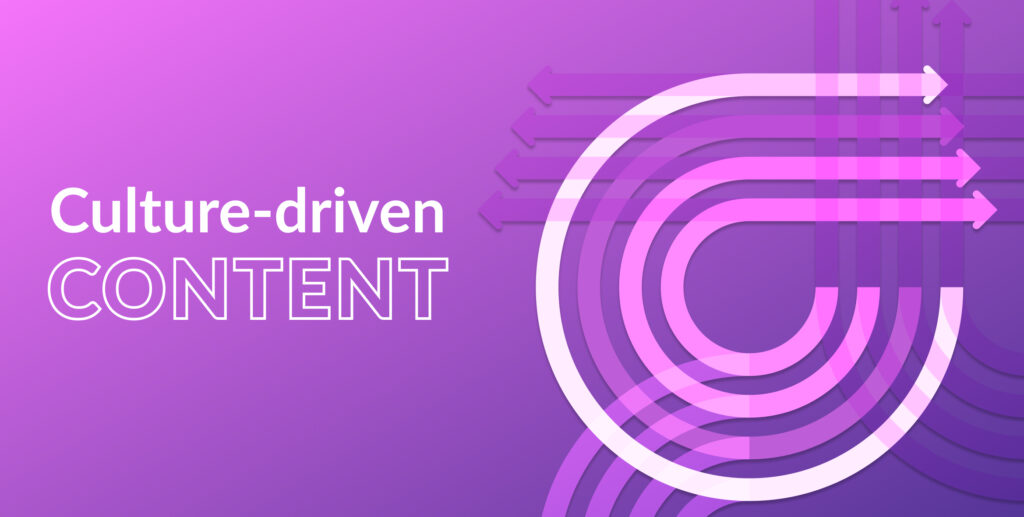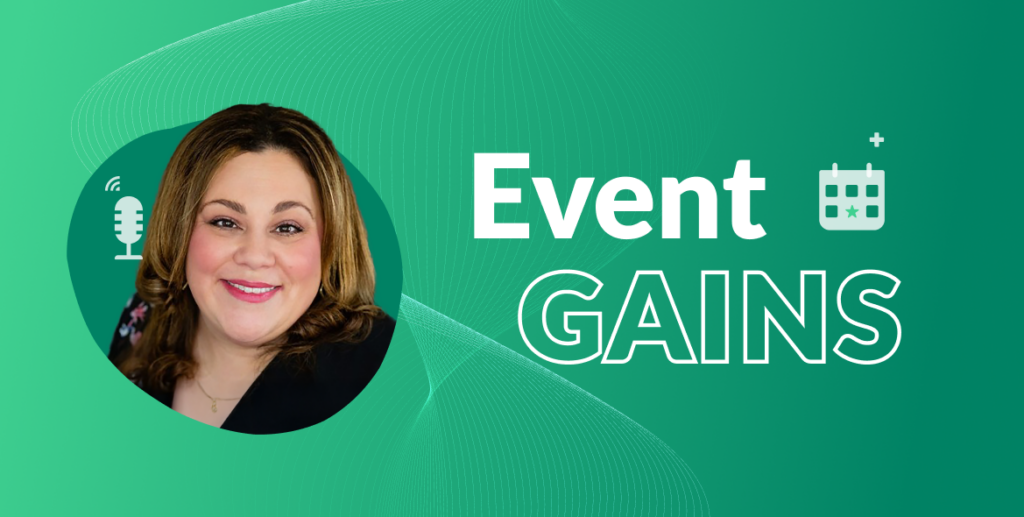You’ve created fantastic content for your tech business over the years: whitepapers, webinars, expert guides, you name it. Unfortunately, when it comes to tracking them down, it’s a mess.
Not only do your site visitors have a hard time finding the resources they need, but your team also struggles to find assets to support your sales conversations.
This is why you need a resource centre.
A resource page, also called a content hub or knowledge base, is a section of your website where you can gather all of your content marketing assets and organize them attractively for your audience.
Your content hub might include some of these asset types:
- Video library
- Blog posts
- Ebooks
- Guides
- Whitepapers
- Case studies
- Webinars
- Podcasts
- Templates
- Tools
- Checklists and workbooks
- User-generated content
- Curated external resources
- And more

Apart from organizing your content, there are multiple benefits to having a resource centre. Let’s look at the top three.
1. Increase your website traffic
Done well, content hubs are a great tactic for attracting new leads to your website.
But for that, you have to know who your audience is, and what they’re looking for. What are their challenges? What will make their professional (or personal) life better?
You might have acquired this information over the years through:
- Customer surveys
- Client kickoff meetings
- Market research
- Deep dive analytics using Search Console or other tools
- Social listening
- Forums, comment sections, or sites like Quora
- Keyword research and/or the use of tools like Answer the Public
Use this information to create fantastic content they’ll love.
For example, if their challenge is that they’re struggling to estimate the amount of isolation for a project: create calculators and converters. This is what Commscope offers as part of their extensive resource centre.
Or, if they’re struggling with their digital transformation, build a series of guides to walk them through best practice.
Help your audience surmount hurdles, and they’ll keep coming back for more.
Bonus: If you provide real value, your resources will get linked on other websites too. Link-building is an SEO method that will help you climb up the search results rankings.
In other words, better content equals more traffic.
P.S Find out more about resource page link building by reading our B2B SEO Guide.
2. Attract the right audience
Increasing website traffic is all well and good, but how do you measure the quality of your traffic?
One way is by the average time your website visitors spend on the site.
It’s shorter than you think.
Across industries, the average time spent on a site is thought to be 62 seconds.

The longer your average, the more you can assume people are interested in what you’re offering.
So how do you do that?
You guessed it… resource pages!
The more time your visitors spend reading your resources, downloading your PDFs and viewing videos, the more your average time spent will go up.
And the more you’ll know that your visitors are a good fit for your business.
But, of course, not every visitor will be interested enough to go rummaging around your website, so you’ll need to encourage them to visit your knowledge centre.
Some common tactics include:
- Exit-intent or time-sensitive pop-ups inviting new visitors to discover an asset
- Banners and other CTAs on your web page to encourage visits
For example, HomeByMe’s resources include user-generated designs to inspire prospects. They make it easy to find by including it as a section on their landing page, as well as having it as a top navigation button.
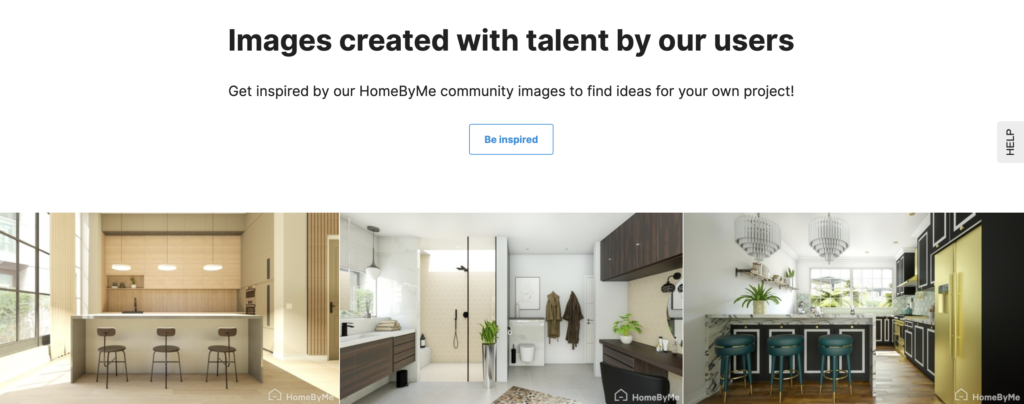
Having a vast collection of images for visitors to easily peruse will encourage them to spend more time getting to know HomeByMe’s solutions.
So if you want to attract the right audience, don’t hide the amazing content you’ve created.
3. Boost your conversion rate
60% of tech leaders found that content marketing generates leads.
And gated content and thought leadership were top of their list of most effective content types.

Today’s B2B buyer doesn’t reach out to a salesperson as their first port of call. Contact happens after they’ve done extensive online research (source: Forrester & Gartner).
Your resource centre plays a key role in helping your buyer reach their decision. They can witness your expertise in action, and grow to trust your voice.
And, of course, it’s an opportunity to build a list of interested prospects.
The most obvious route is to gate your most valuable assets. In exchange of a name and email address, a visitor can download your content.
Note: to remain GDPR compliant, be sure to be explicit about how their data will be used, and make contact an opt-in rather than an opt-out.
Here are a few recommended tools for adding gated content to your website.
Leadpages helps you build gorgeous landing pages for your assets that integrate with your existing systems to collect leads. You can also build pop ups and alert bars.

Optinmonster is a WordPress plugin that gives you flexibility on how you gate your content. From pop-ups prompting a download to content locking. Content locking is when a visitor is asked to subscribe after viewing a few assets if they want to keep reading.
The advantage of content locking is that you already know the prospect is interested in what you’re creating.
Are you ready to create the best content hub possible?
Resource pages are as unique as your business and customers. There’s no one-size fits all.
If you want more help to build your content hub, download our free workbook.
If you want to build amazing content that brings you new visitors and business, get in touch with us now at hello@isolinecomms.com

